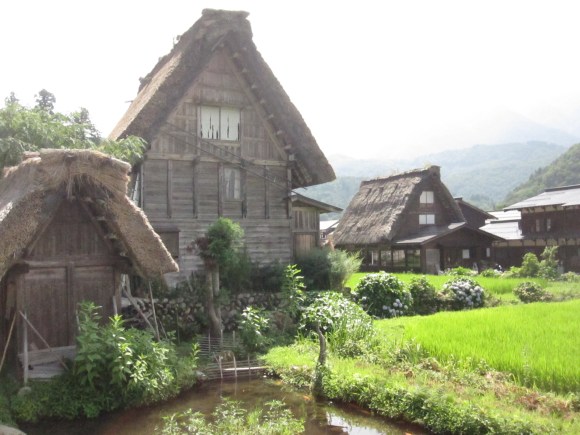
Amazing as Japan’s metropolises are, after spending enough time in some of the most densely populated spots on the planet, urban fatigue starts to set in. There’s nothing like a getaway to the countryside to refresh your spirits after one too many days scurrying around downtown in packed train and subway cars.
The Shirakawa-go district, located in Gifu Prefecture, is close enough to Tokyo or Osaka that it makes an easy weekend escape for residents, as well as a simple side trip for overseas tourists crisscrossing the country. In terms of atmosphere, though, Shirakawa-go is worlds away from Japan’s largest cities.
The area around Shirakawa-go isn’t developed enough to warrant a train station, so for visitors without a car getting there involves a 50-minute bus ride from Takayama, the nearest significantly-sized rail-accessible town. Infrequent bus service is also available from Nagoya, but considering the three-hour ride this entails, your posterior will probably thank you for taking the train as far as possible to Takayama instead.
In 1995, Shirakawa-go was declared a UNESCO World Heritage Site, in recognition of the glimpse it provides of a traditional rural lifestyle that is rapidly disappearing.
Shirakawa-go’s primary attraction is its set of preserved farmhouses. The homes are built in a unique architectural style called gassho-zukuri, meaning “hands clasped in prayer,” a reference to the buildings’ steeply-angled thatched roofs.
The largest cluster of gassho-zukuri homes in the Shirakawa-go region is found in Ogimachi Village. Busses stop at a terminal across the river from Ogimachi, which visitors enter by crossing a footbridge.
Winters are particularly harsh in Shirakawa-go, and the roofs are designed so that snow will slide off, instead of piling up and crushing the structure with its weight.
The high ceilings of gassho-zukuri homes provide natural insulation, helping to keep their occupants comfortable not only in the colder months of the year, but also during the hot, humid summers Shirakawa-go shares with the rest of Japan.
The design also provides plentiful interior space among the rafters. Aside from storage, these spaces were used for maintenance of farming tools, as well as cultivation of silkworms and even the preparation of gunpowder, which the area’s mineral deposits made it an early production center for.
A number of homes in Ogimachi are open to the public, and even those which are not provide a beautiful backdrop to a stroll along the irrigation canals that weave through the village.
A small path at the edge of the village leads up to a lookout point that provides a literally picture-perfect view, often serving as a vantage point for postcard photographers.
For travelers staying overnight in Shirakawa-go, there are also traditional inns built in the gassho-zukuri style, offering a unique type of accommodation that even most modern Japanese nationals have never experienced.
Ogimachi isn’t exactly bursting with dining options, but there are a few places to stop and grab a light meal or cup of coffee during the daytime. On the warm August afternoon we visited, the local ice cream vendor was doing a brisk business, offering the unique flavor of shiso (Japanese basil) along with more traditional choices such as chocolate and vanilla.
▼ Coffee shop
▼ Restaurant
▼ Restaurant interior
In fall, the Doburoku Festival is held at a number of shrines in the area. Doburoku is a type of thick, unrefined sake, which is given out to revelers during the festivities. This year, Ogimachi’s shrine will be hosting the event on October 14 and 15.
Of course, some visitors want to see the gassho-zukuri roofs fulfilling their intended purpose, and mid-winter is considered by many to be the best time to visit.
Ogimachi is even illuminated on certain evenings in January and February of each year. In 2014, the town will be lit-up from 5:30 to 7:30 on the nights of January 18, 25, and 26, as well as February 1, 2, 9, and 15.
Don’t forget your jacket.
Related: Shirakawa-go Village Office, Shirakawa-go Light Up Site, Shirakawa-go Tourist Associaiton
Top image: RocketNews24
Insert images: RocketNews24, Blogspot

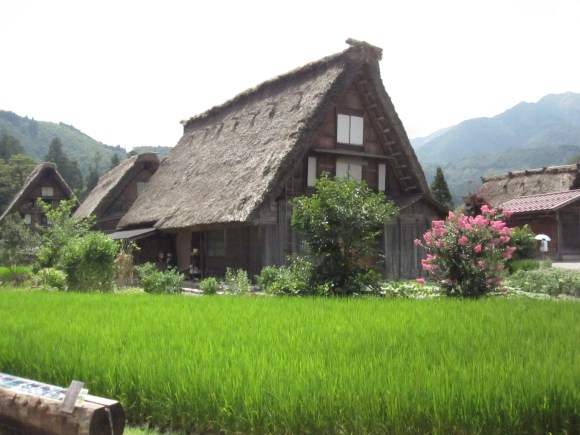
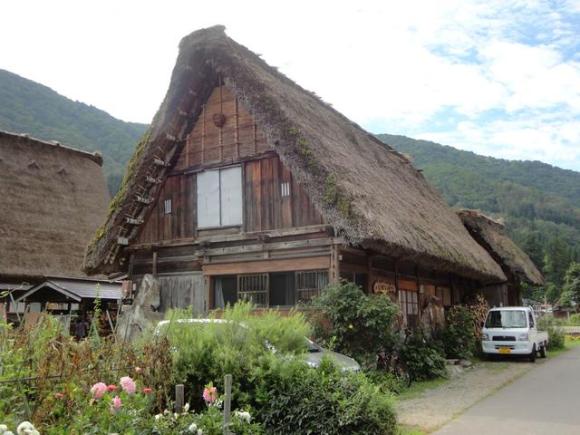
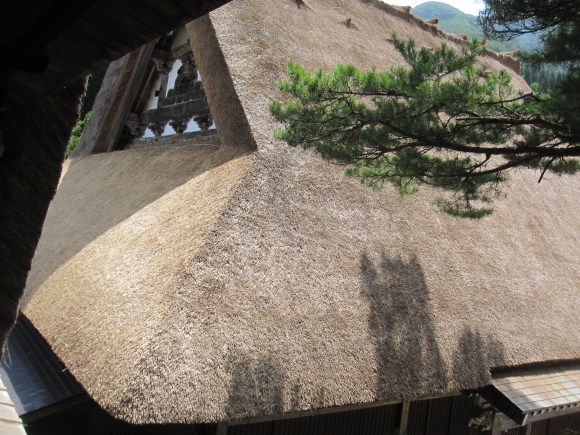
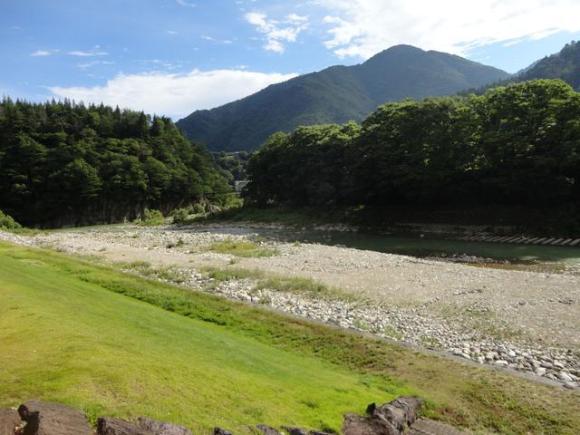
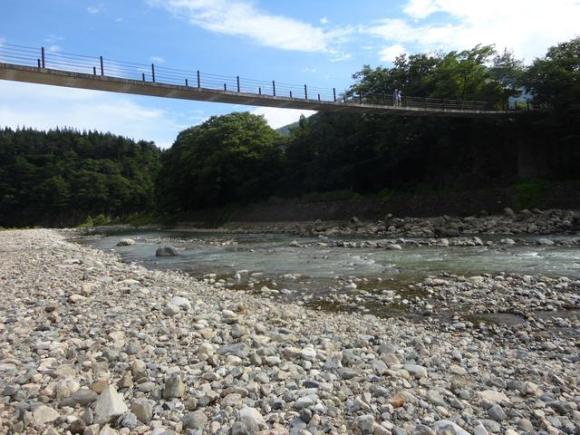
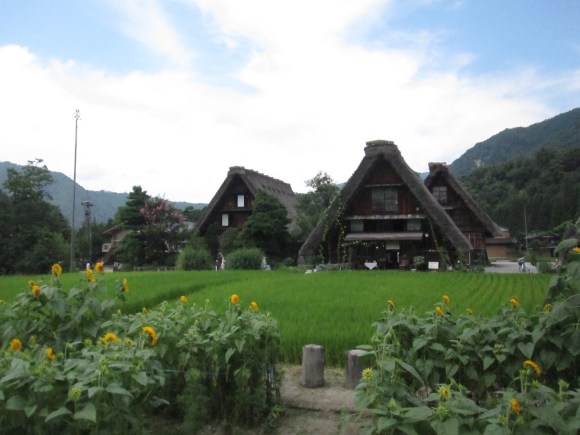
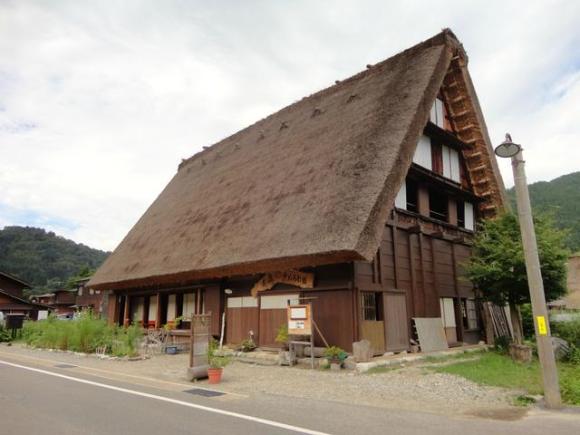
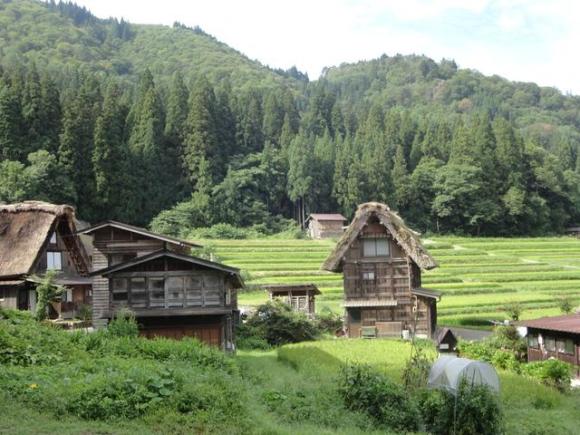

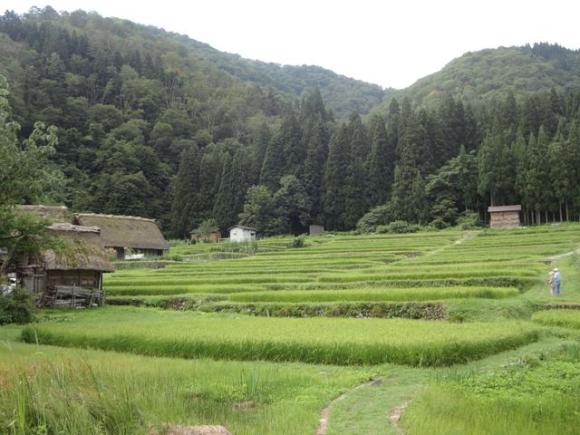
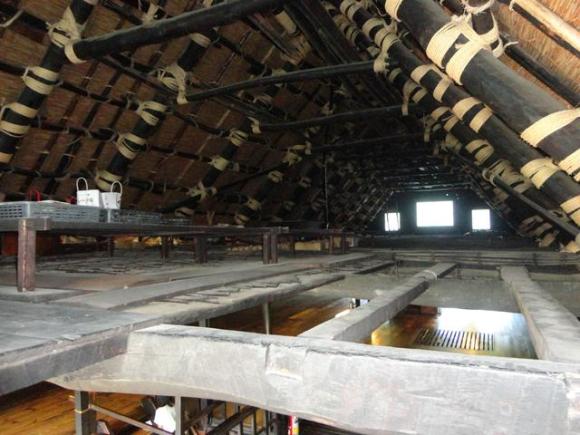
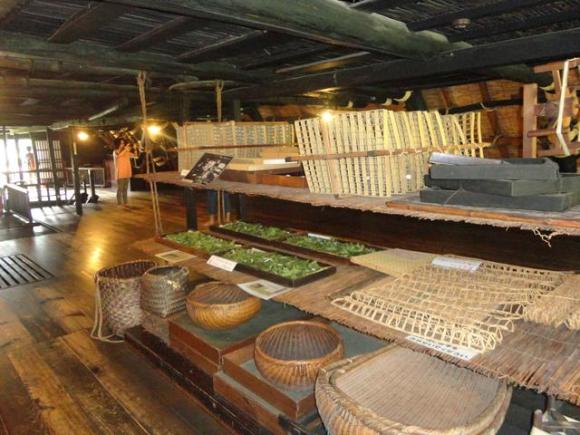


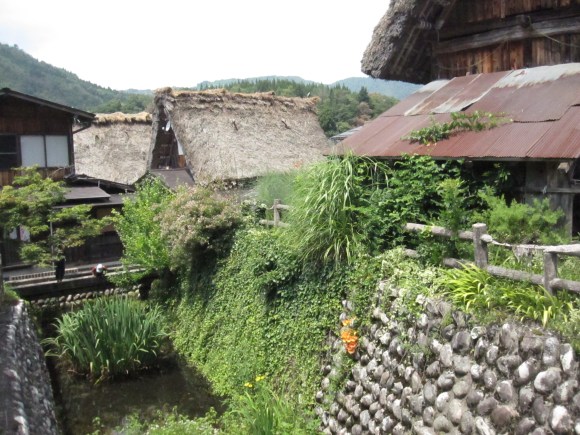
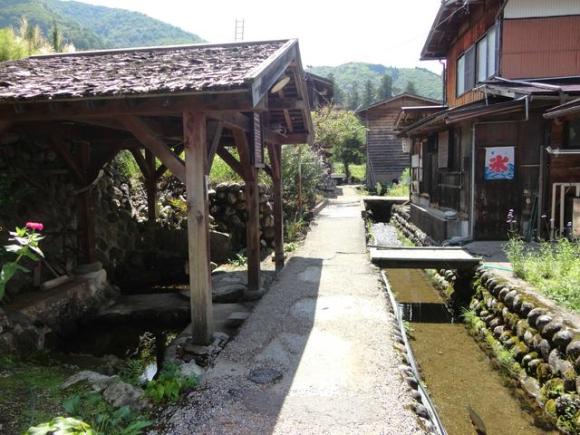
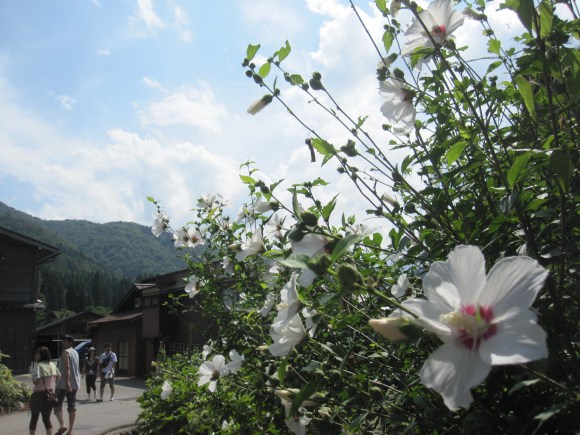
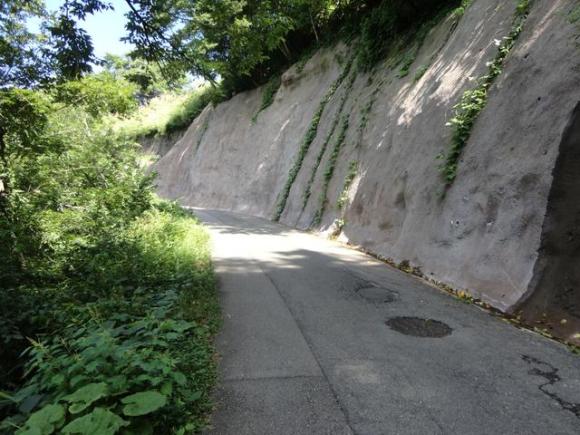
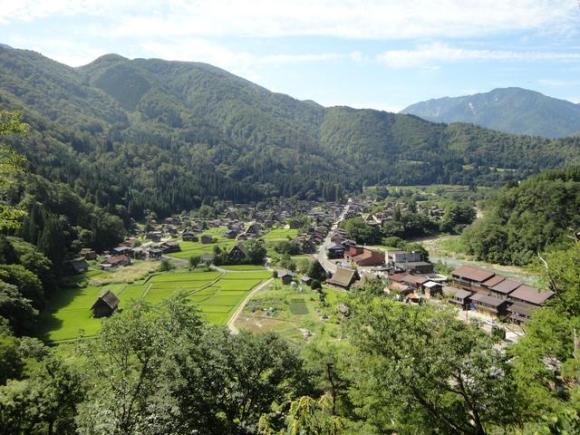
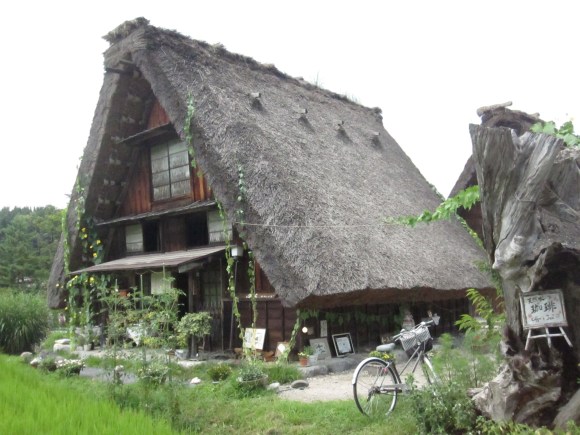
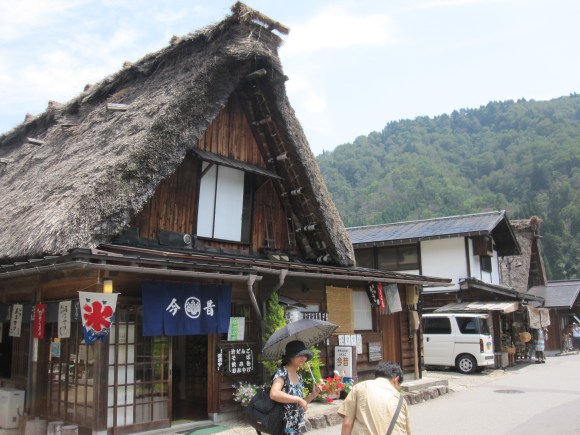

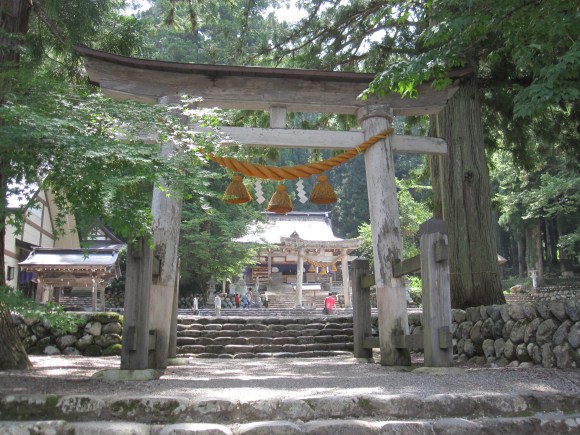
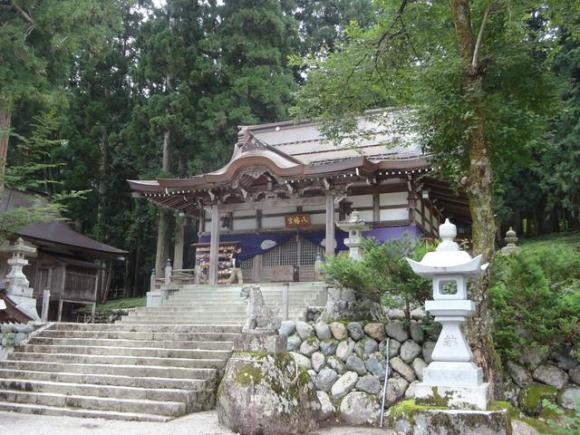
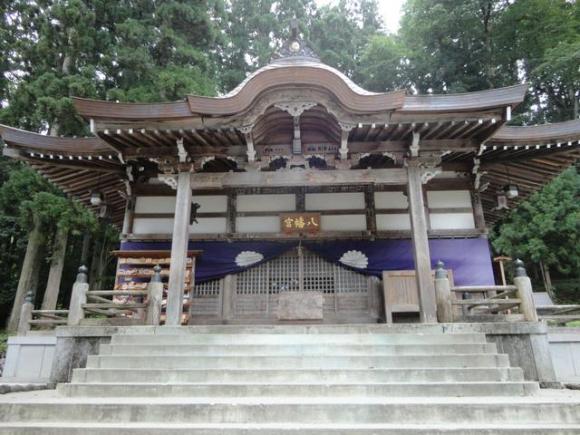
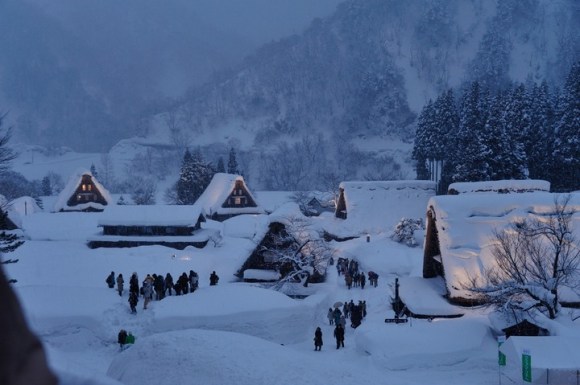
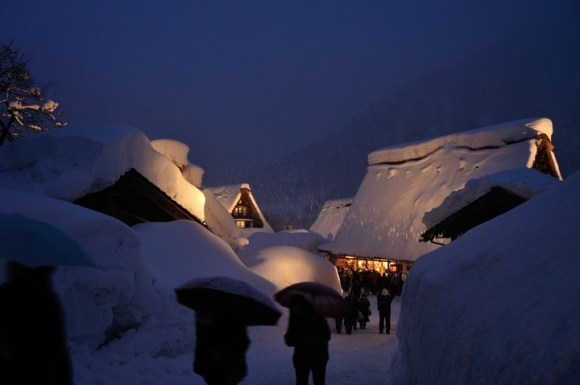
 Japan’s 30 best travel destinations, as chosen by overseas visitors
Japan’s 30 best travel destinations, as chosen by overseas visitors Fire breaks out near Japan’s Shirakawa-go World Heritage site【Videos】
Fire breaks out near Japan’s Shirakawa-go World Heritage site【Videos】 The “Venice of Japan” in Kyoto: a secret destination tourists don’t know about yet
The “Venice of Japan” in Kyoto: a secret destination tourists don’t know about yet China’s “Little Kyoto” shut down by government after complaints of Japanese culture “invasion”
China’s “Little Kyoto” shut down by government after complaints of Japanese culture “invasion” McDonald’s new Happy Meals offer up cute and practical Sanrio lifestyle goods
McDonald’s new Happy Meals offer up cute and practical Sanrio lifestyle goods More foreign tourists than ever before in history visited Japan last month
More foreign tourists than ever before in history visited Japan last month The oldest tunnel in Japan is believed to be haunted, and strange things happen when we go there
The oldest tunnel in Japan is believed to be haunted, and strange things happen when we go there Arrest proves a common Japanese saying about apologies and police
Arrest proves a common Japanese saying about apologies and police Starbucks reopens at Shibuya Scramble Crossing with new look and design concept
Starbucks reopens at Shibuya Scramble Crossing with new look and design concept All-you-can-drink Starbucks and amazing views part of Tokyo’s new 170 meter-high sky lounge
All-you-can-drink Starbucks and amazing views part of Tokyo’s new 170 meter-high sky lounge Beautiful new Final Fantasy T-shirt collection on the way from Uniqlo【Photos】
Beautiful new Final Fantasy T-shirt collection on the way from Uniqlo【Photos】 Dogs now allowed on Catbus! Ghibli Park vehicles revise service animal policy
Dogs now allowed on Catbus! Ghibli Park vehicles revise service animal policy Foreign English teachers in Japan pick their favorite Japanese-language phrases【Survey】
Foreign English teachers in Japan pick their favorite Japanese-language phrases【Survey】 Tokyo’s most famous arcade announces price increase, fans don’t seem to mind at all
Tokyo’s most famous arcade announces price increase, fans don’t seem to mind at all Disney princesses get official manga makeovers for Manga Princess Cafe opening in Tokyo
Disney princesses get official manga makeovers for Manga Princess Cafe opening in Tokyo We try out “Chan Ramen”, an underground type of ramen popular in the ramen community
We try out “Chan Ramen”, an underground type of ramen popular in the ramen community Is the new Shinkansen Train Desk ticket worth it?
Is the new Shinkansen Train Desk ticket worth it? There’s a park inside Japan where you can also see Japan inside the park
There’s a park inside Japan where you can also see Japan inside the park Japanese convenience store packs a whole bento into an onigiri rice ball
Japanese convenience store packs a whole bento into an onigiri rice ball Studio Ghibli releases Kiki’s Delivery Service chocolate cake pouches in Japan
Studio Ghibli releases Kiki’s Delivery Service chocolate cake pouches in Japan Japan’s bone-breaking and record-breaking roller coaster is permanently shutting down
Japan’s bone-breaking and record-breaking roller coaster is permanently shutting down New definition of “Japanese whiskey” goes into effect to prevent fakes from fooling overseas buyers
New definition of “Japanese whiskey” goes into effect to prevent fakes from fooling overseas buyers Foreign passenger shoves conductor on one of the last full runs for Japan’s Thunderbird train
Foreign passenger shoves conductor on one of the last full runs for Japan’s Thunderbird train Our Japanese reporter visits Costco in the U.S., finds super American and very Japanese things
Our Japanese reporter visits Costco in the U.S., finds super American and very Japanese things Kyoto bans tourists from geisha alleys in Gion, with fines for those who don’t follow rules
Kyoto bans tourists from geisha alleys in Gion, with fines for those who don’t follow rules Studio Ghibli unveils Mother’s Day gift set that captures the love in My Neighbour Totoro
Studio Ghibli unveils Mother’s Day gift set that captures the love in My Neighbour Totoro Domino’s Japan now sells…pizza ears?
Domino’s Japan now sells…pizza ears? New Japanese KitKat flavour stars Sanrio characters, including Hello Kitty
New Japanese KitKat flavour stars Sanrio characters, including Hello Kitty Sales of Japan’s most convenient train ticket/shopping payment cards suspended indefinitely
Sales of Japan’s most convenient train ticket/shopping payment cards suspended indefinitely Sold-out Studio Ghibli desktop humidifiers are back so Totoro can help you through the dry season
Sold-out Studio Ghibli desktop humidifiers are back so Totoro can help you through the dry season Japanese government to make first change to romanization spelling rules since the 1950s
Japanese government to make first change to romanization spelling rules since the 1950s Ghibli founders Toshio Suzuki and Hayao Miyazaki contribute to Japanese whisky Totoro label design
Ghibli founders Toshio Suzuki and Hayao Miyazaki contribute to Japanese whisky Totoro label design Doraemon found buried at sea as scene from 1993 anime becomes real life【Photos】
Doraemon found buried at sea as scene from 1993 anime becomes real life【Photos】 Tokyo’s most famous Starbucks is closed
Tokyo’s most famous Starbucks is closed One Piece characters’ nationalities revealed, but fans have mixed opinions
One Piece characters’ nationalities revealed, but fans have mixed opinions We asked a Uniqlo employee what four things we should buy and their suggestions didn’t disappoint
We asked a Uniqlo employee what four things we should buy and their suggestions didn’t disappoint Princesses, fruits, and blacksmiths: Study reveals the 30 most unusual family names in Japan
Princesses, fruits, and blacksmiths: Study reveals the 30 most unusual family names in Japan Studio Ghibli’s new desktop Howl’s Moving Castle will take your stationery on an adventure
Studio Ghibli’s new desktop Howl’s Moving Castle will take your stationery on an adventure Cool and fun paper craft from the makers of Akafuku — one of Japan’s favorite sweets!
Cool and fun paper craft from the makers of Akafuku — one of Japan’s favorite sweets! Why buy your cat a cat house when you can buy a cat shrine from Japan instead?
Why buy your cat a cat house when you can buy a cat shrine from Japan instead? Japan Airlines staff reassigned to work as shrine maidens during coronavirus travel downturn
Japan Airlines staff reassigned to work as shrine maidens during coronavirus travel downturn You’d never guess this strange bubble house village is located in Japan
You’d never guess this strange bubble house village is located in Japan Travel around Japan with stunning videos from the 4K ultra HD video library
Travel around Japan with stunning videos from the 4K ultra HD video library Expat’s video says “Welcome to My Japan,” and you ought to take him up on the awesome invitation
Expat’s video says “Welcome to My Japan,” and you ought to take him up on the awesome invitation 7 incredible Japanese destinations that tourists haven’t discovered yet
7 incredible Japanese destinations that tourists haven’t discovered yet Why is Japan such an unpopular tourist destination?
Why is Japan such an unpopular tourist destination? Survey picks Japan’s top three (actually four) open-air museums【Photos】
Survey picks Japan’s top three (actually four) open-air museums【Photos】 Karate dojo students practice under freezing waterfall… in the middle of winter
Karate dojo students practice under freezing waterfall… in the middle of winter Buying property in Japan? This mini tower house can be yours for less than $12,000
Buying property in Japan? This mini tower house can be yours for less than $12,000 You can build Japan’s hauntingly beautiful Gunkanjima as a papercraft kit【Photos】
You can build Japan’s hauntingly beautiful Gunkanjima as a papercraft kit【Photos】 Ninja Sword Ice Cream: The longest ice cream in Japan looks like a single-edged sword
Ninja Sword Ice Cream: The longest ice cream in Japan looks like a single-edged sword
Leave a Reply